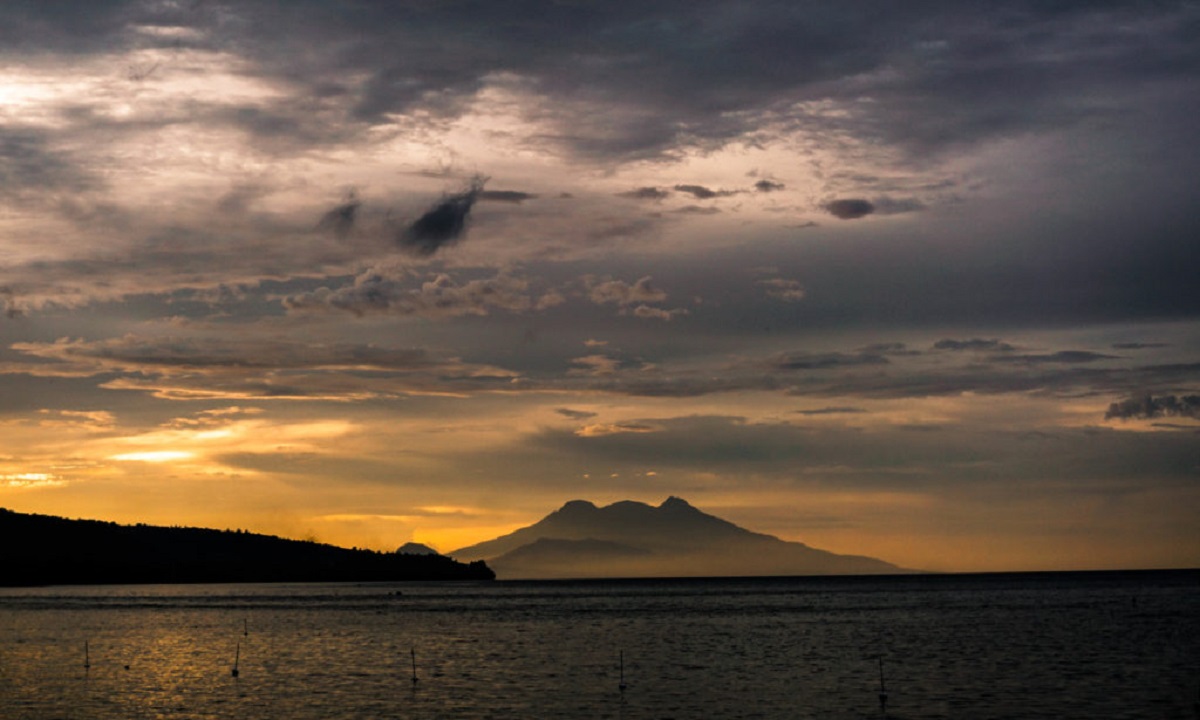The Untold Tales of Camiguin Island
In 1596, the Jesuits obtained a Sede Vacante, a license issued by Governor General Francisco de Tello de Guzman through a Patronato Real to do mission work along the Butuan River and Camiguin (Mallari,1995).
In 1599, the missionades founded Guinsiliban, in the south east of the island: a strategic site, a natural lookout from where they could observe the sea passage of the southern pirates. It eventually became the oldest town in Camiguin.
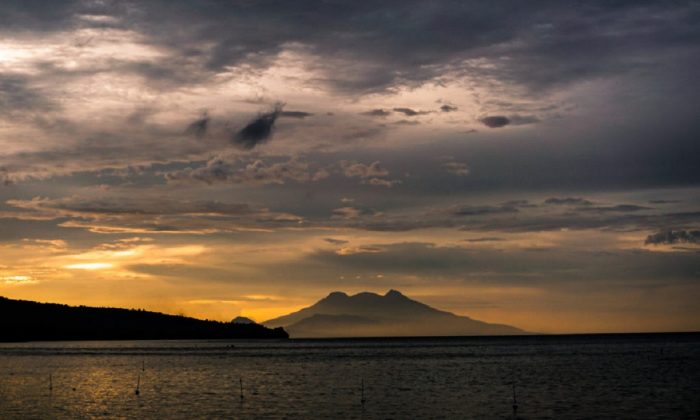
The Queens Escape.com, Camiguin DIY Travel Guide 2020 (Itinerary + Budget).
For almost twenty years, these friars came and went between the island of Cebú and that of Mindanao, using Camiguin as a stopover on their long journeys (Pedro Chirino, History of the Philippine Province of the Society of Jesus. Vol II Quezon City: Ateneo de Manila Press, 2011).
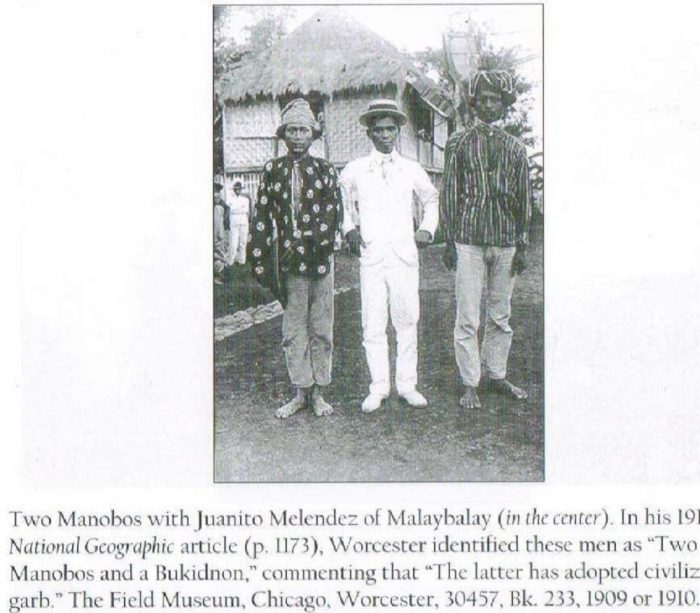
There they tried to establish the first Spanish village on the island. But the project did not succeed. The Manobo who lived in that part of the island did not trust the words of these strange-looking babaylan.
But this was not the only difficulty that the Jesuit friars encountered. For the southern pirates, Guinsiliban was their entry point of arrival to Camiguin.
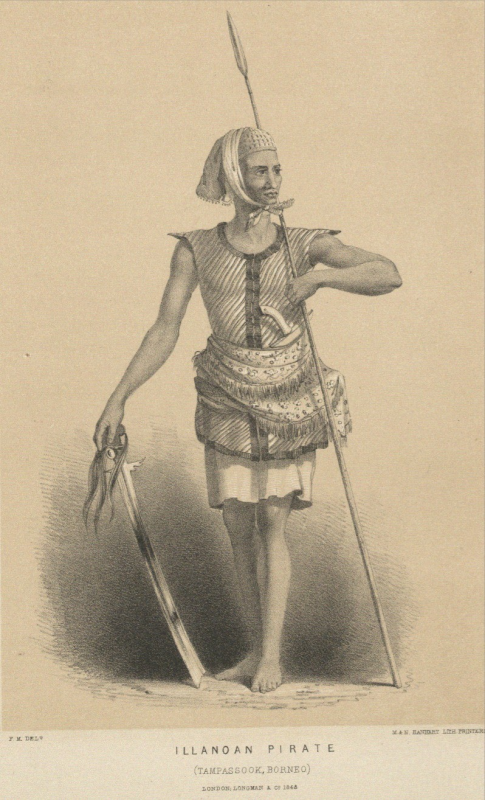
These incursions, which until then had been sporadic, increased as Christian influence grew in the area. It was a fight for trade in those seas. When traders of the southern sultanates such as Sulu, Maguindanao, and Lanao began to lose the monopoly they had enjoyed until then, they shifted to the slave trade.
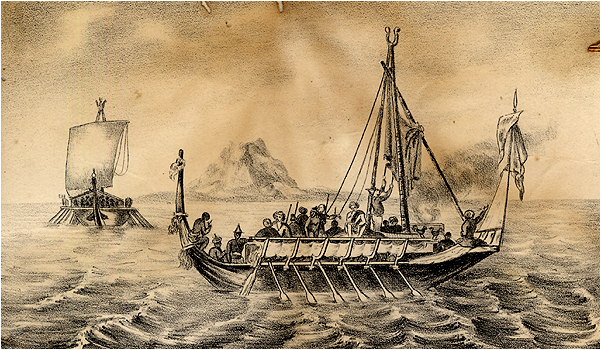
The trade allowed them to sell the slaves not only in their own sultanates but also to Dutch settlers who had established themselves in the East Indies. (Domingo M. Non. “Moro Piracy During The Spanish Period And Its Impact” in Southeastern Asian Studies (1993) 30, 4.)
During those first years of the seventeenth century, and given the Manobo’s rejection, Guinsiliban became too unstable for what the Jesuit friars had in mind. The Jesuits, thus, left shortly after.
All these made it very difficult for the Jesuits to build any tangible relics. Most researchers believe the Guinsiliban watch tower may have been built by the Augustinian Recollects after their arrival in Camiguin on 1622 as part of a bigger construction (church or fortress). Its design and construction materials are the same that those in Catarman (built by the Agustinians).
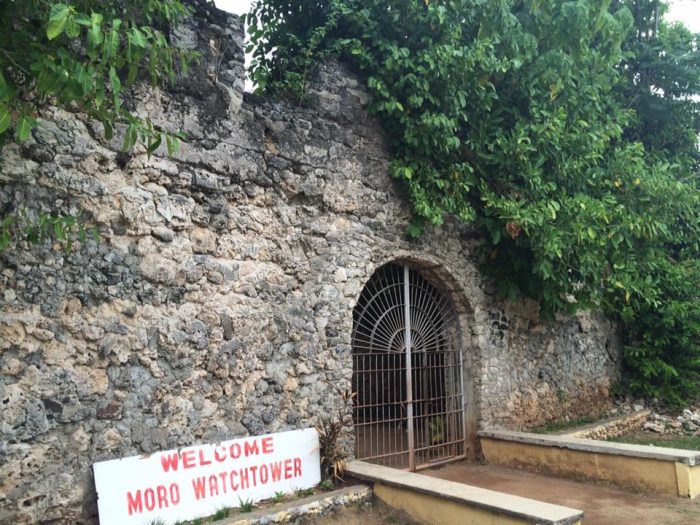
However, there appears to be an academic consensus that the slave raids were the main reason why the Spanish Jesuits abandoned their Camiguin mission in Guinsiliban.
The sultanates had the trade monopoly on the southern seas. Once the Europeans started to sail in those waters and occupy its territories (Dutch East Indies or present day Indonesia, and the Spanish occupation of the Philippine Archipelago), the more intense and frequent were the Moro/pirate raids.

“It was a way to resist to the new foreign powers in the area,” said Social and Cultural Anthropologist Dr. Andrés Narros Lluch whose recently published a book “The Untold Stories of Camiguin Island” by the Xavier University Press, seeks to fill such gaps in the island’s history.
The pirates came into the Visayas to kidnap people and sell them as slaves to the Dutch East Indies as well as in their own sultanates, he added.
“As a matter of fact, according to Fernando Zialcita, in the language of Maranao traders, the word Bisaya means slave. Similarly, Domingo Non, cites the word Lanun (Lanao) which is used in the north and west of Borneo to refer to pirates,” Lluch said.
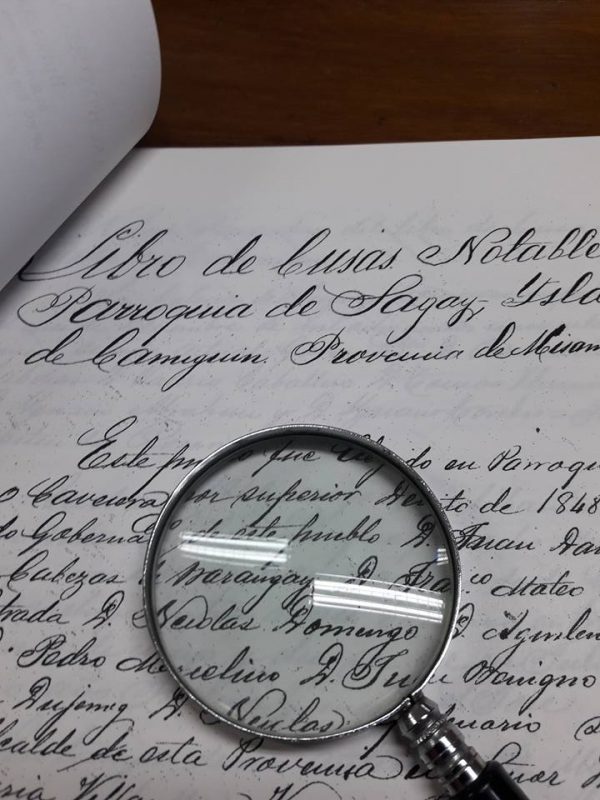
The Untold Tales of Camiguin Island is the first research on Camiguin which is based on the archives of Augustinian Recollects and their Cosas Notables that seeks to correlate the manuscripts with archival findings and the island’s oral histories.
Lluch focused each chapter on an important historical event few Camiguingnons and scholars are aware of such as Kimigin (about the first inhabitants of the island, the Manobo, the followers of Datu Migin); Punta Pasil (the first Christian religious center on the island); Datu Mehong the legend of a local leader, healer and warrior whose message was silenced); and The Old Volcano (what happened before and after the 1871 volcanic eruption).

Lluch co-founded the Kilaha Foundation in 2015 to document and support local culture and identity, as well as preserve the fascinating biodiversity of Camiguin. He is currently an affiliated researcher at Research Institute of Mindanao Culture (RIMCU) at Xavier University (Ateneo de Cagayan).
He earned his PhD in Social and Cultural Anthropology from the Universidad Nacional de Educación a Distancia (UNED). He has done field work as an aid worker and social researcher in Southeast Asia, Central Asia, Central America, South America, East Africa, and Europe for twenty years.
He belonged to the Southeast Asia Department at the School of Oriental and African Studies (2011–2012), was guest researcher in the Department of Anthropology at the London School of Economics and Political Science, and associate researcher in the Department of Anthropology at the University of the Philippines Manila (2012–2014).
He has previously published La comedia de la cooperación internacional: historias etnográficas del desarrollo en la isla de Camiguín (Catarata, 2016) and currently commutes between Spain and Brussels, where he works at ODS as Senior Evaluator.

More details about The Untold Stories of Camiguin Island from the Xavier University webpage here.
-30-
